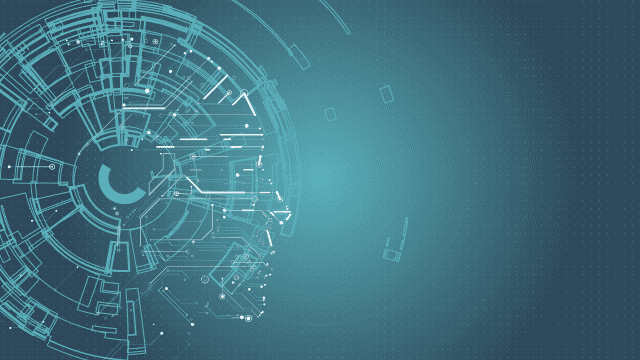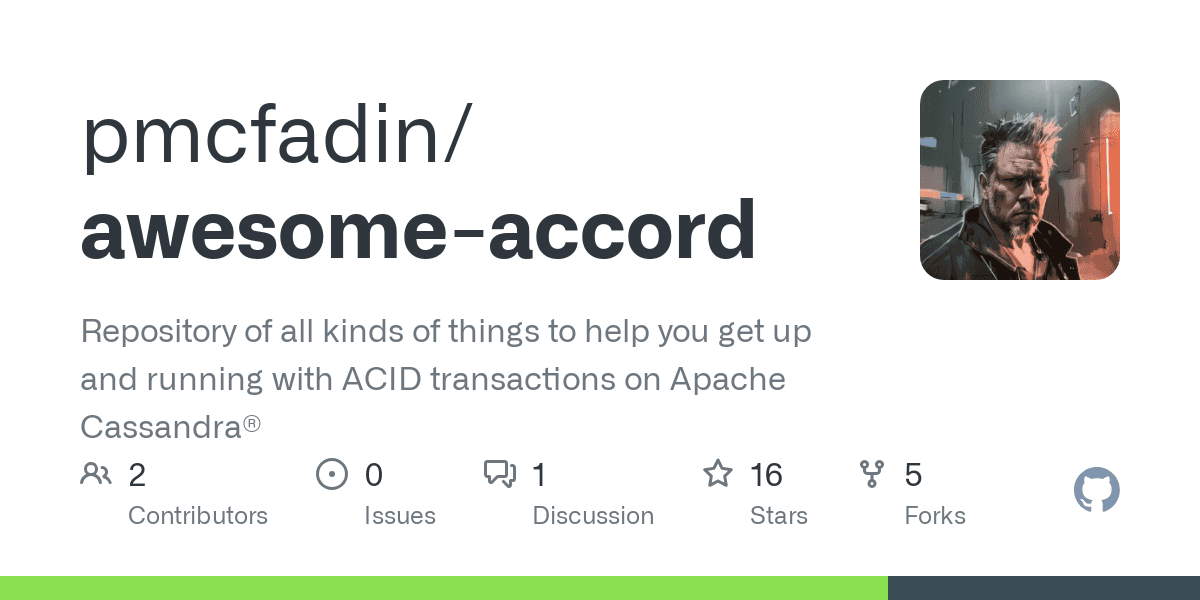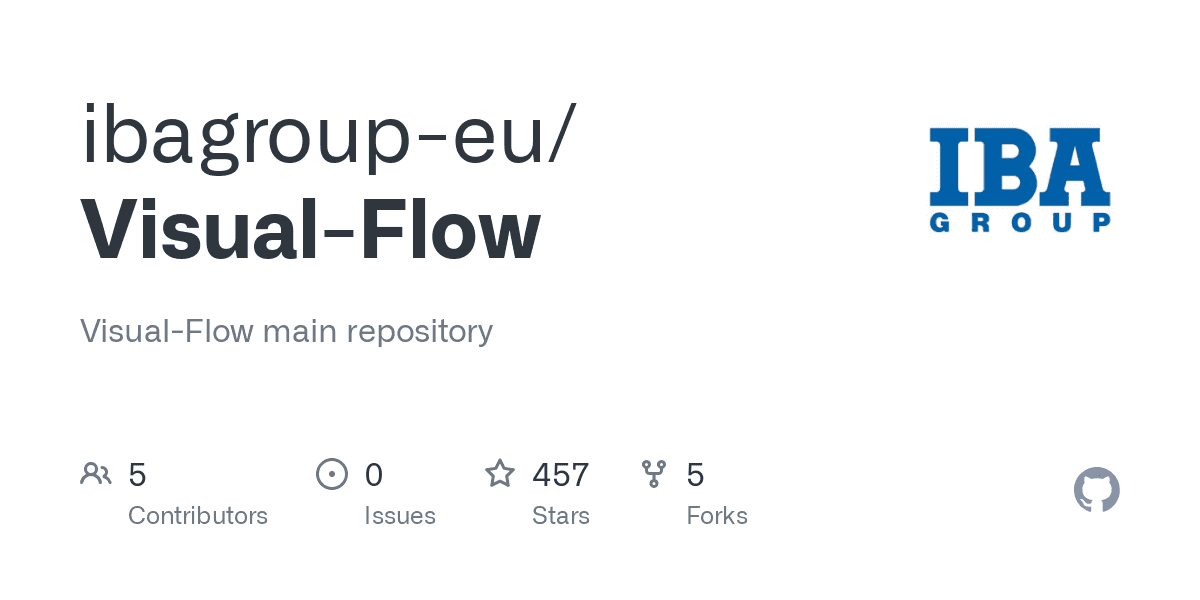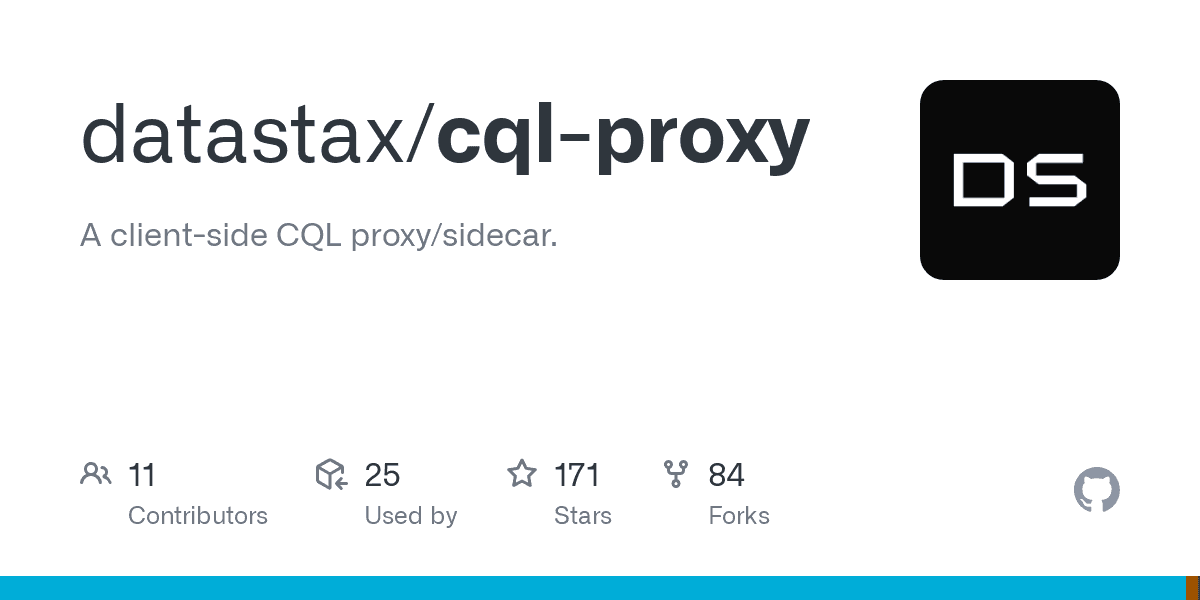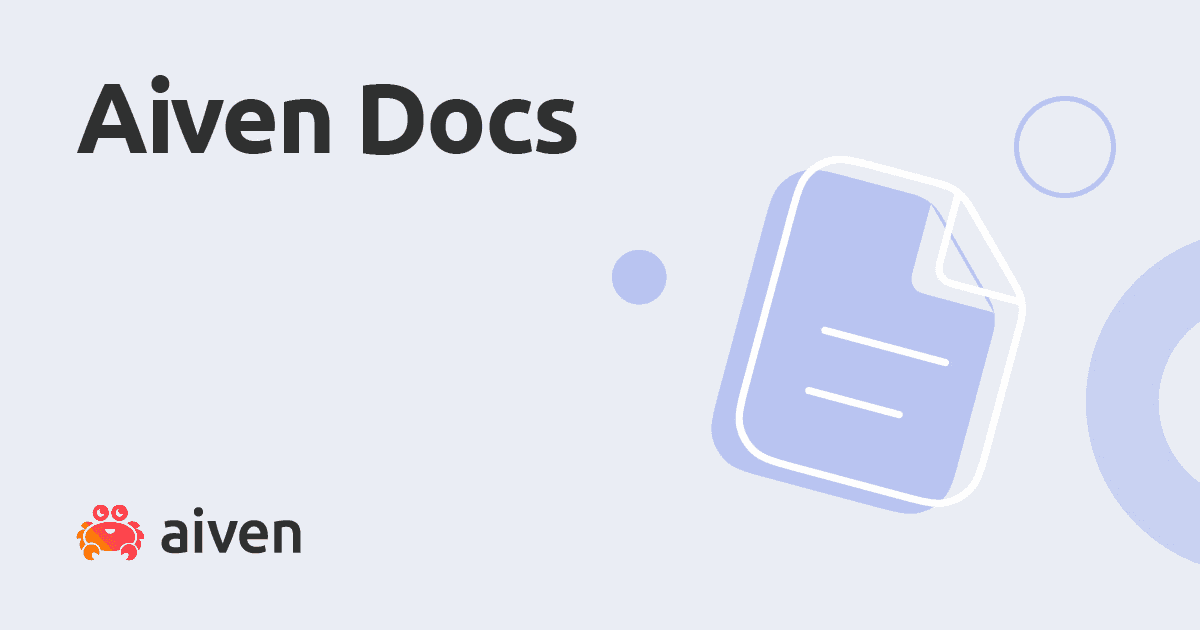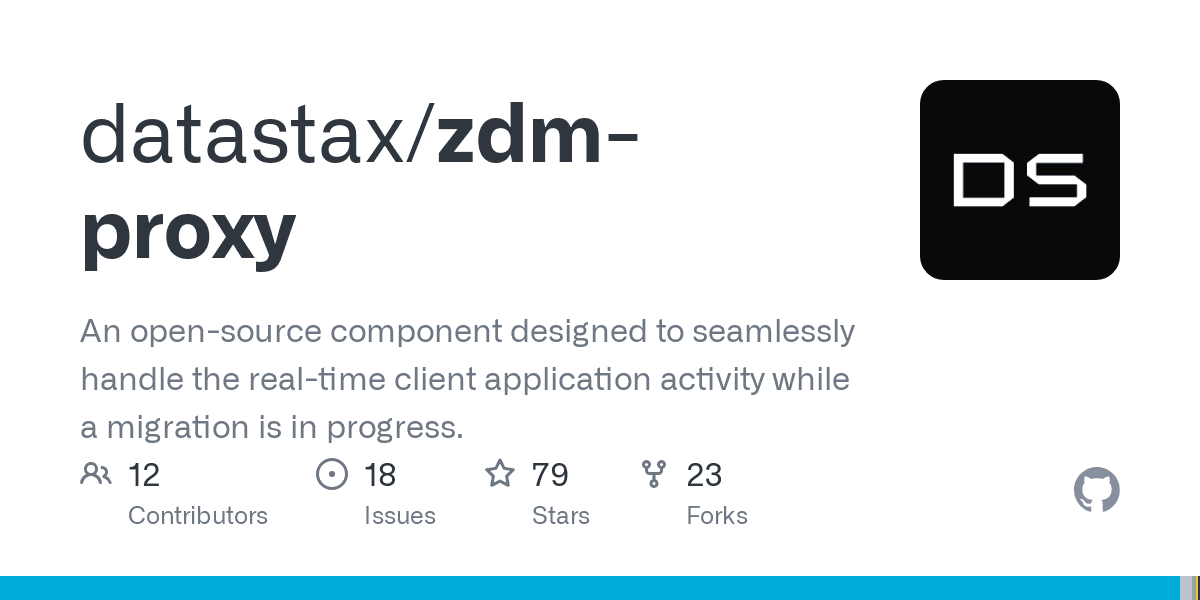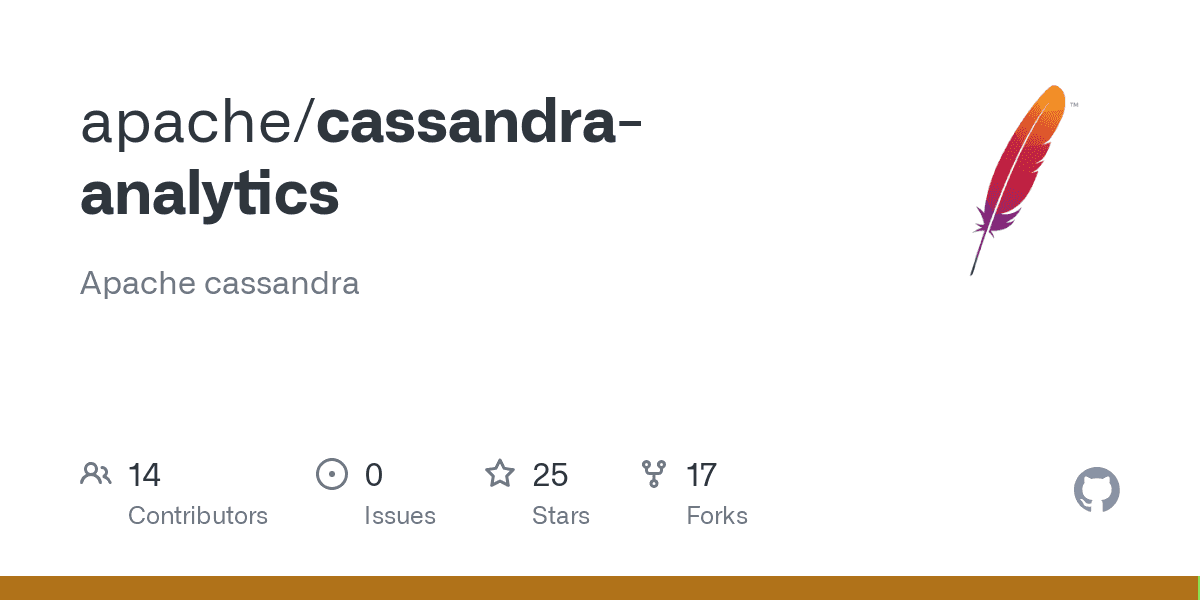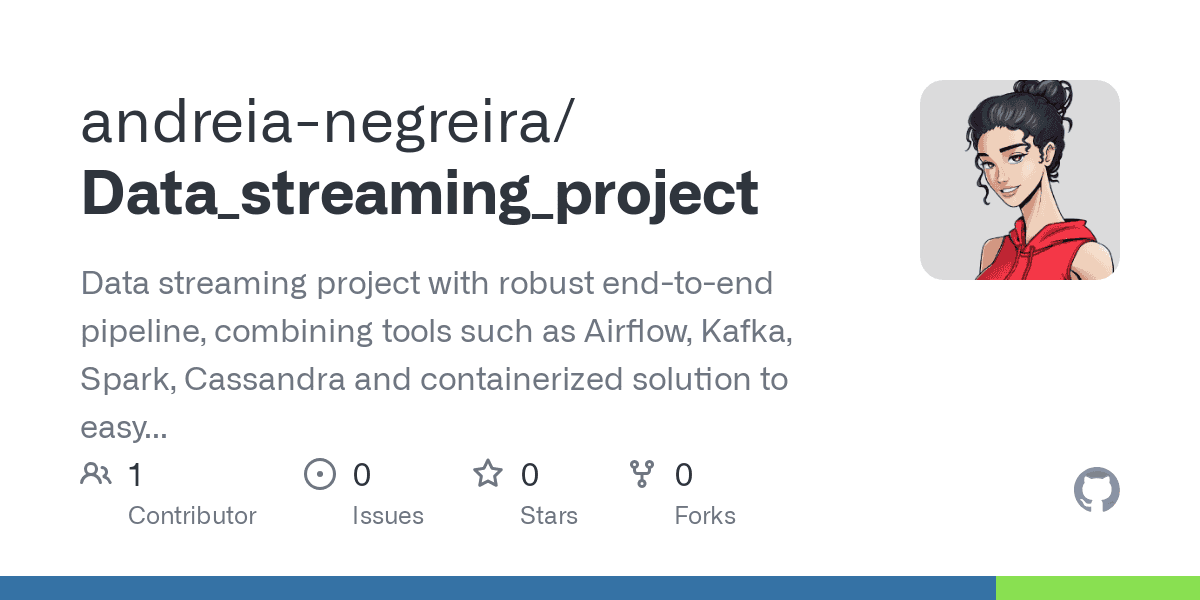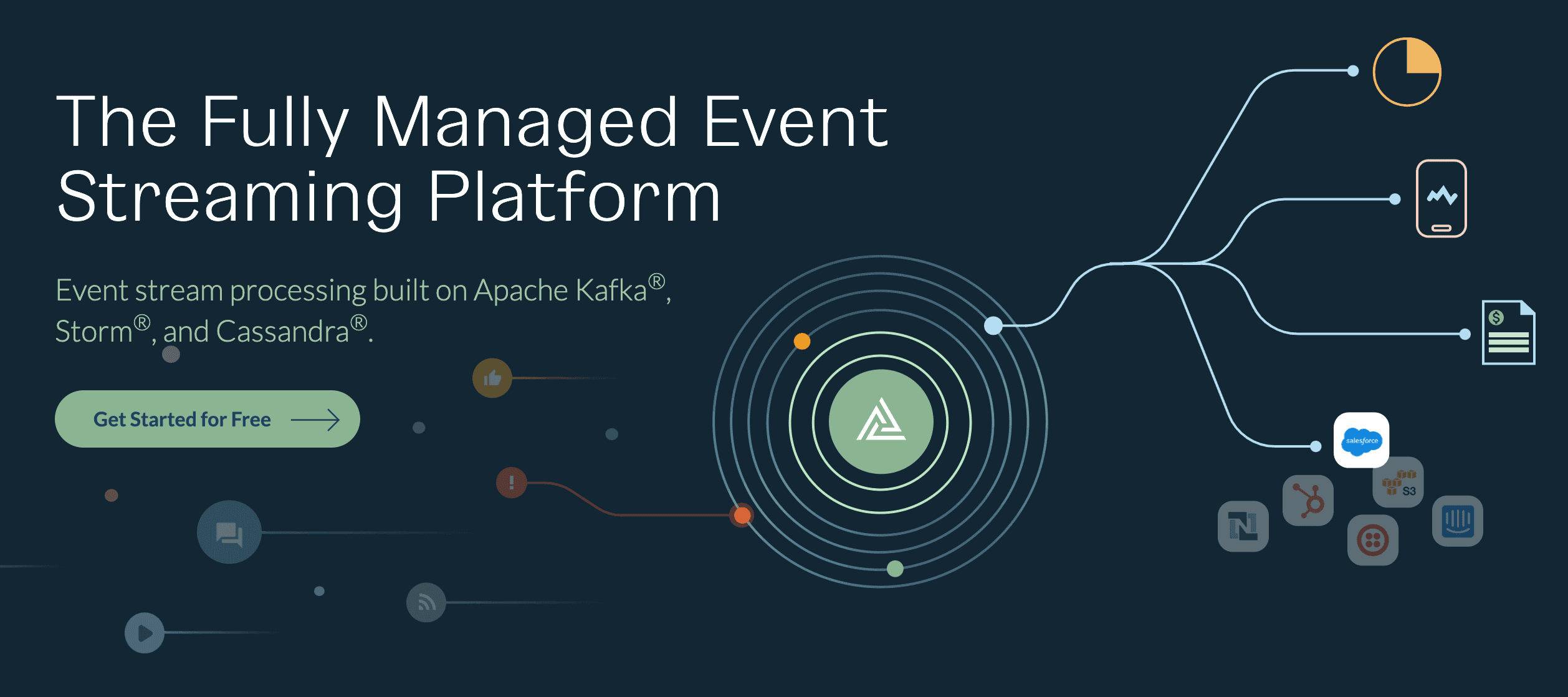Users and Extensibility
Guardrails are only applied to the operations of regular users, so they are neither checked for superuser queries nor internal queries. By default, all regular users are subjected to the same guardrails configuration values defined in cassandra.yaml. However, the configuration for guardrails is an extensible API defined by the interfaces GuardrailsConfig and GuardrailsConfigProvider. These interfaces provide the configurations of every guardrail as a function of the user running the guarded operation, so third-party alternative implementations could provide different guardrail configurations depending on the user, or on some other factors. Custom implementations can be provided through the JVM system property cassandra.custom_guardrails_config_provider_class. It is important to know that this API isn’t officially supported yet, and there can be changes breaking backward compatibility in any minor release.
Background Guardrails
In general, guardrails are associated with a specific CQL query. However, due to technical limitations, some guardrails are checked in the background, without being associated with any specific query. That’s the case for example of the guardrails for the size or number of items of a non-frozen collection. Although we can do some checks when a query writes a new collection fragment, we cannot know if there are other fragments of the collection previously stored on the SSTables. We could of course check into the SSTables, but it would involve a costly read-before-write operation. Instead, the guardrail checks the size of all collections every time an SSTable is written to disk, which happens on memtable flush or during compaction. If a large collection is detected the guardrail is triggered and will emit the proper log messages and diagnostic events, but we won’t abort any operation because we have missed the association with the original query. Future guardrails for similar things, like partition size, are likely to work in the same way.
Another example of a guardrail that partially runs in the background is the one for disk usage. Its configuration looks like this:
data_disk_usage_percentage_warn_threshold: -1 data_disk_usage_percentage_fail_threshold: -1 data_disk_usage_max_disk_size:
This guardrail is checked by a background task that periodically checks the disk space usage. If the disk usage exceeds the percentage specified in the configuration, the guardrail will emit the proper log messages and diagnostic events, although these won’t be associated with any specific query. However, the disk usage status calculated by the periodic task is tracked and propagated through Gossip, so every node is aware of the disk usage of its peers. That information will be used by write queries to check the guardrail again and warn about or abort queries depending on when the disks on the targeted replicas are close to being full:
[email protected]> INSERT INTO k.t (k, v) VALUES (1, 10); InvalidRequest: Error from server: code=2200 [Invalid query] message="Guardrail replica_disk_usage violated: Write request failed because disk usage exceeds failure threshold"
Expect more Guardrails
Adding new guardrails to Cassandra should be relatively easy since the framework provides base classes for several types of guardrail and utilities for parsing configuration and testing. More importantly, adding new safety checks in the form of guardrails should guarantee that they have a homogeneous, consistent behavior, and that they can benefit from new features that are added for every guardrail.
At this moment, there are guardrails for:
- Number of user keyspaces.
- Number of user tables.
- Number of columns per table.
- Number of secondary indexes per table.
- Number of materialized tables per table.
- Number of fields per user-defined type.
- Number of items in a collection.
- Number of partition keys selected by an IN restriction.
- Number of partition keys selected by the cartesian product of multiple IN restrictions.
- Allowed table properties.
- Allowed read consistency levels.
- Allowed write consistency levels.
- Collections size.
- Query page size.
- Minimum replication factor.
- Data disk usage, defined either as a percentage or as an absolute size.
- Whether user-defined timestamps are allowed.
- Whether GROUP BY queries are allowed.
- Whether the creation of secondary indexes is allowed.
- Whether the creation of uncompressed tables is allowed.
- Whether querying with ALLOW FILTERING is allowed.
- Whether dropping or truncating a table is allowed.
It is worth mentioning that many of these guardrails were added in the last few months, some of them by newcomers to the project. That, in my opinion, indicates how easy it is to add new guardrails, and we expect to have more guardrails in the future.


